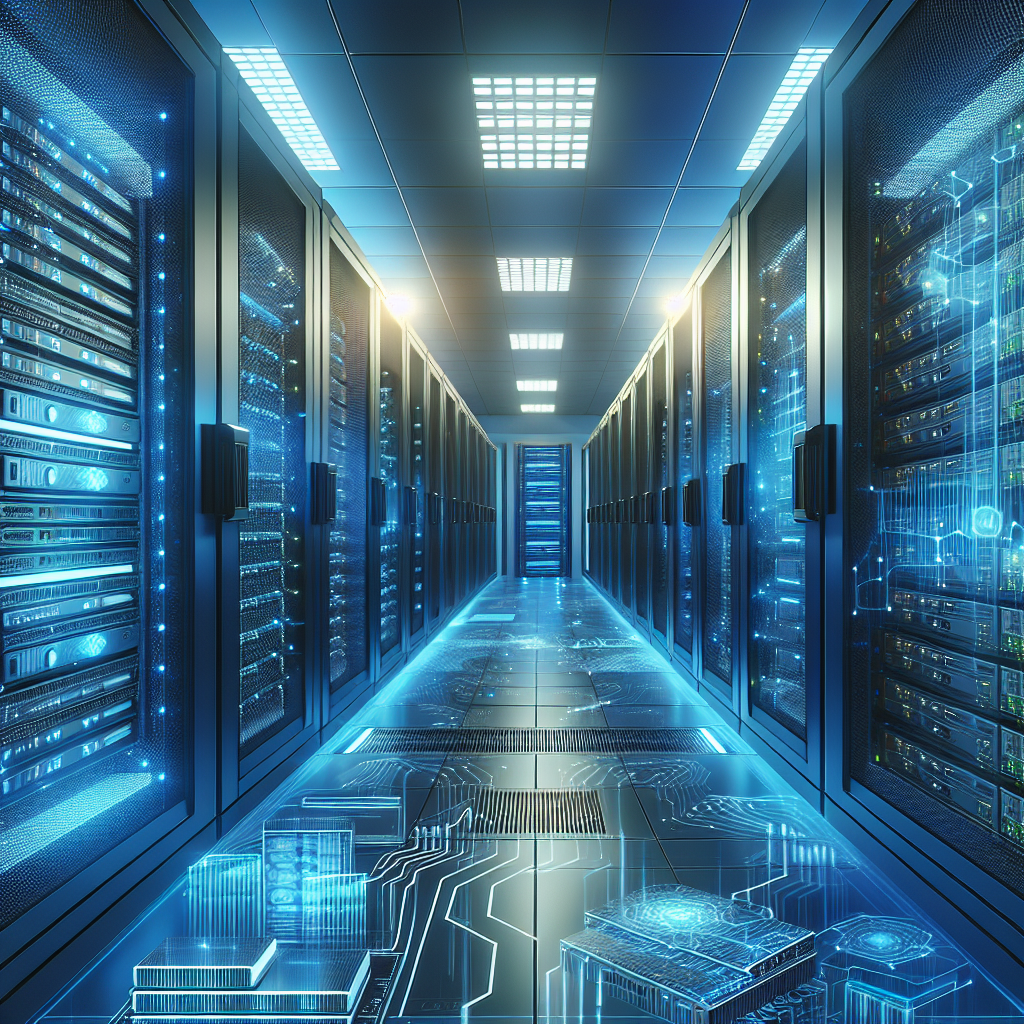Data Center Database Trends to Watch in 2021 and Beyond
As we enter a new year, the world of data center databases is evolving at a rapid pace. The rise of cloud computing, big data, and artificial intelligence are driving new trends in database technology that are shaping the way organizations store, manage, and analyze their data. In this article, we will explore some of the key trends to watch in 2021 and beyond.
1. Rise of Multi-Cloud and Hybrid Cloud Deployments
One of the biggest trends in data center databases is the move towards multi-cloud and hybrid cloud deployments. With organizations increasingly looking to leverage multiple cloud providers for different workloads, database vendors are adapting their offerings to support seamless integration across different cloud environments. This trend is driven by the need for flexibility, scalability, and cost efficiency, as organizations seek to optimize their cloud infrastructure to meet their evolving business needs.
2. Adoption of NoSQL Databases
NoSQL databases have been gaining popularity in recent years, thanks to their ability to handle unstructured and semi-structured data at scale. As organizations collect more data from diverse sources, the need for flexible, high-performance databases that can handle complex data types is becoming increasingly important. NoSQL databases offer a more agile and scalable alternative to traditional relational databases, making them well-suited for modern data center environments.
3. Increased Focus on Data Security and Compliance
With the growing volume of data being stored and processed in data centers, data security and compliance have become top priorities for organizations. In 2021 and beyond, we can expect to see increased focus on implementing robust security measures to protect sensitive data from cyber threats and ensure compliance with regulations such as GDPR and CCPA. Database vendors are incorporating advanced security features such as encryption, access controls, and audit trails to help organizations safeguard their data assets.
4. Embracing Machine Learning and AI
Machine learning and artificial intelligence are revolutionizing the way organizations analyze and derive insights from their data. In the coming years, we can expect to see more data center databases incorporating machine learning and AI capabilities to enable advanced analytics, predictive modeling, and automation. These technologies will help organizations extract valuable insights from their data, optimize database performance, and drive innovation in their business processes.
5. Shift towards Edge Computing
As the Internet of Things (IoT) continues to grow, there is a rising demand for data processing at the edge of the network, closer to where data is generated. Edge computing allows organizations to reduce latency, improve bandwidth efficiency, and enhance data security by processing data locally before sending it to the cloud. Data center databases are evolving to support edge computing architectures, enabling organizations to deploy databases in distributed environments and handle data processing at the edge.
In conclusion, the world of data center databases is undergoing a period of rapid transformation, driven by advancements in cloud computing, big data, and artificial intelligence. In 2021 and beyond, organizations can expect to see a shift towards multi-cloud and hybrid cloud deployments, increased adoption of NoSQL databases, a focus on data security and compliance, integration of machine learning and AI capabilities, and a move towards edge computing. By staying abreast of these trends and leveraging the latest database technologies, organizations can position themselves for success in the digital age.


